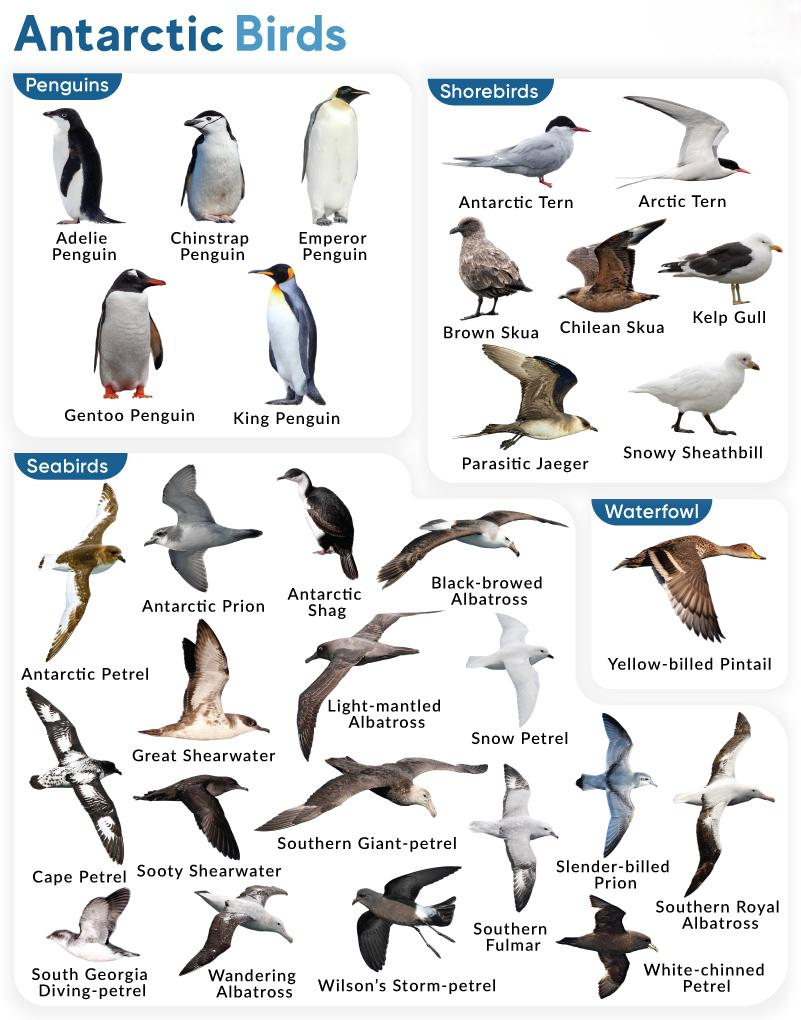PREVIOUS
Bird endemism in Antarctica
July 22 , 2025
15 hrs 0 min
18
0
- The bird endemism in Antarctica and the southern hemisphere is highly underestimated, highlighting their unique biodiversity.
- Endemism means species exist only in specific geographic areas.
- The snow petrel, a strikingly white bird with black eyes and a black bill, is one of only three bird species ever observed at the South Pole.
- In fact, the Antarctic is the only place on Earth where this bird lives.
- There are two reasons why the global patterns of species endemism aren’t well defined.
- First, the most common method used to calculate endemism tends to give higher values to places with more species overall – this is known as species richness.
- In addition, global studies of diversity often exclude comparatively species-poor areas.
- When sites that only contain a few species are left out, this influences the estimates of endemism for all other sites.
- The southern hemisphere has less landmass and more ocean than the northern hemisphere.
- This separation by vast oceans limits species’ ranges and dispersal.
- As a result, bird communities in these isolated landmasses share fewer species, increasing local endemism.
- In contrast, the northern hemisphere species have larger, connected land areas allowing broader distribution.
- Northern species can shift their ranges across continuous land to cooler areas.
- Southern species are blocked by oceans and unsuitable habitats like Antarctica.
- It was found that southern-hemisphere communities showed higher rates of local endemism than northern-hemisphere communities across all aspects of diversity.
- The sub-Antarctic islands and the High Andes, as well as several regions in Australia, Aotearoa, New Zealand, and southern Africa, stand out as global hotspots of endemism.

Leave a Reply
Your Comment is awaiting moderation.


